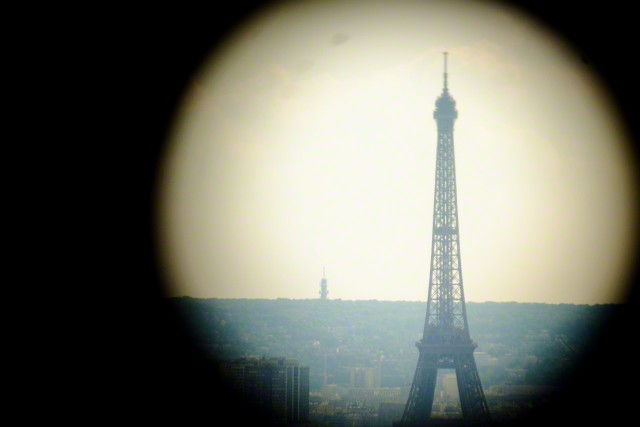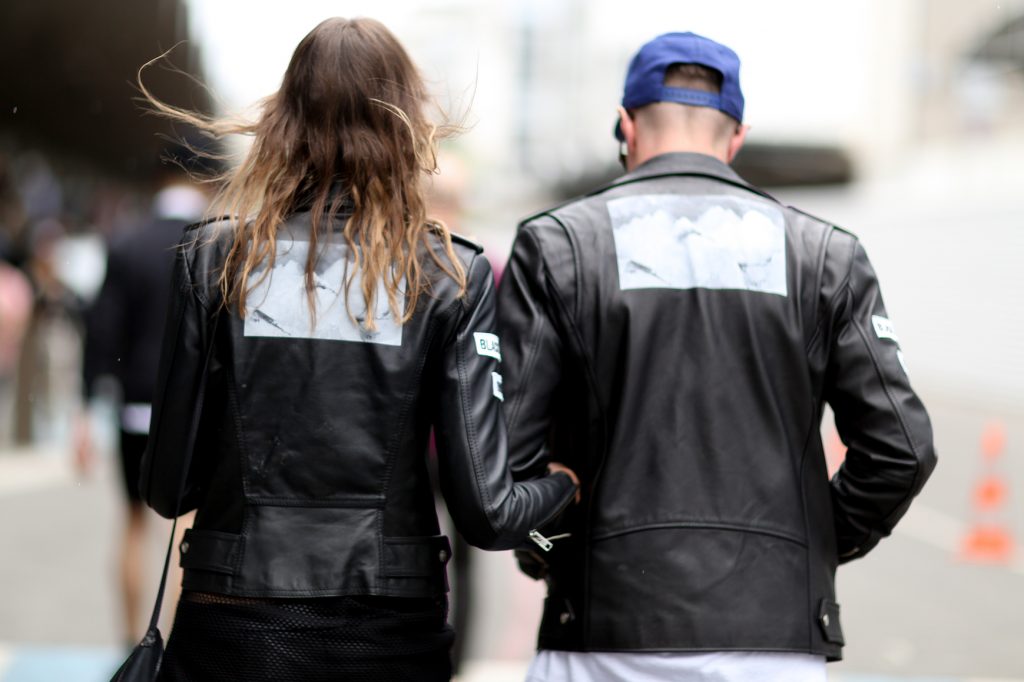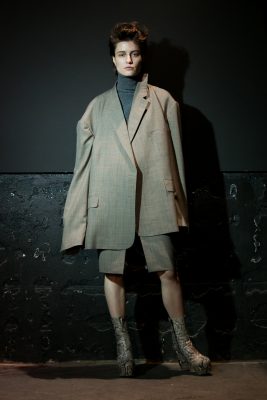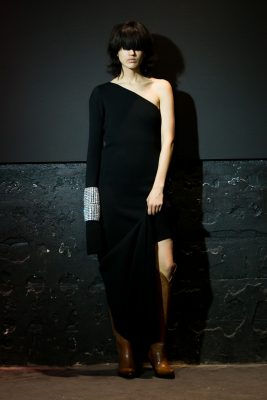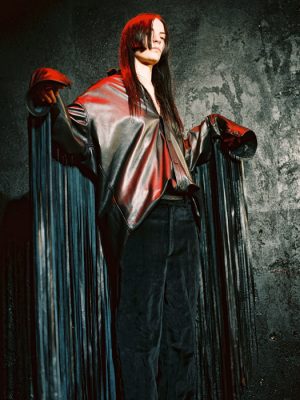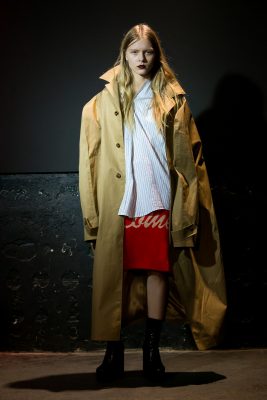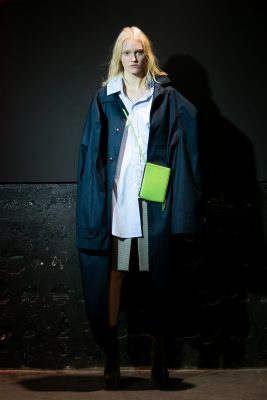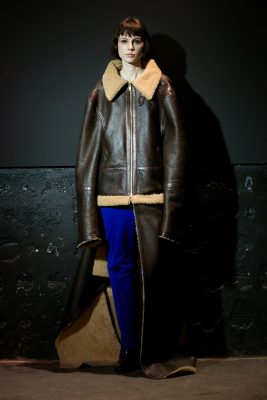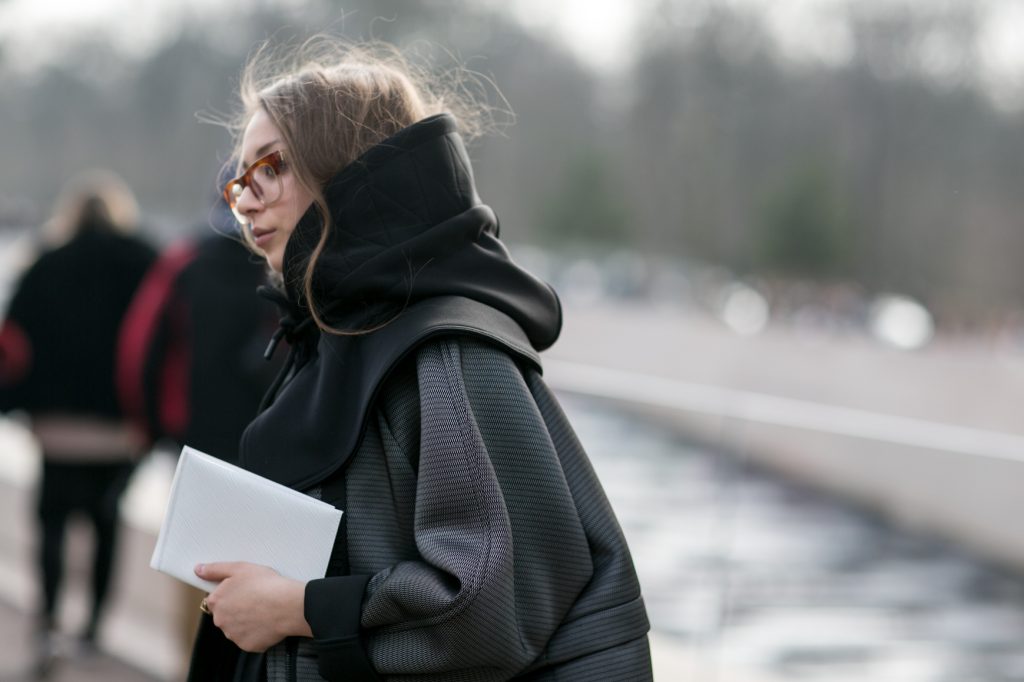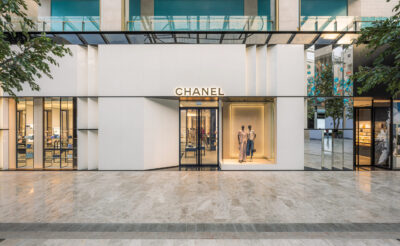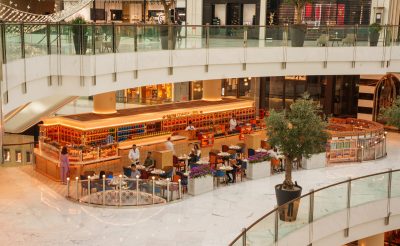What’s going on? There’s a style revolution happening in the City of Light as Paris’ youth are slowly changing the fashion and cultural landscape.
By Susan Devaney
“There is something cooking and I feel that Paris is getting younger again,” says trend forecaster Li Edelkoort. And she’s right, there’s a new creative energy encircling the city, a change in the air. It has always been a city known for its beauty: from the historical architecture of Notre Dame to its romantic Art Nouveau lighting, Paris is postcard perfect. But – from its cobbled crepe-stand filled side streets to its energy-driven underground nightclubs – the people of Paris are changing face.
There’s a gritty, cryptic and sombre sartorial side now gripping the fashion scene. Designer Demna Gvasalia (a Maison Martin Margiela alumni) is paving a path of rebellion. Comprised of 8 former members of major design houses, Vetements (it literally translates as ‘clothing’ in French) is going against the old and creating the new. “We founded Vetements because we simply wanted to make clothes for our friends, girls we know. It’s a brand that makes clothes inspired by clothes. There are no seasonal themes, we always work with the existing wardrobe and every season try to give the garments we like a new shape, concept and frame,” says Gvasalia. Having previously spoken of France’s lack of youth culture, he’s keen to clarify his observation: “There’s not one, or a few defined directions, as there used to be in the Eighties or Nineties. There is so much information and possibility available through the Internet, so there is a huge variety for the youth today, which is exciting at the same time. I would rephrase it by saying: as long as there is youth, there is youth culture. It’s just less defined and less framed than it used to be in the past,” he explains. It’s apparent they’re determined to do things their way, going against the grain. And it may just change the future of fashion. “[They’re] analysing clothes from an anthropological point of view and celebrating well-conceived clothes rather than fashion,” says Edelkoort. And they’re not the only ones, kids in their twenties in the city are making waves and riding against the current, new brands like Harmony, Coperni, Pigalle and Études. There’s a youthful, childlike and playful element to their work, whilst evoking an underground, dishevelled appeal. From dark tough textures paired with floral prairie dresses to moody massively oversized biker jackets (all complete with leather butcher-style gloves), making clothing more than a little mysterious. “There is a whole new generation in Paris working with a very ambitious mindset, getting the French acquainted with style, food and culture from other parts of the world. Some call this the Brooklynisation of Paris, particularly on the Right Bank, yet influences also come from other places such as London and Sydney,” says Edelkoort, who also lives in the city. These young labels are looking to the Parisian youth around them from day-to-day for inspiration and their urban realities. “We like to be in Paris now because we know its real side: unpolished, brutal Paris – which is exciting. Also due to the fact that it’s quite a conservative old city there is a natural hunger and thrive for something new. And we like that hunger for the new,” says Gvasalia.
It’s this hunger for the new that’s allowing the young to be fearless. “The issue today is the increasingly difficult ways of surviving without the support of a big luxury house,” explains journalist Alice Pfeiffer. “LVMH and its LVMH prize are now interested in young talents, but are still rewarding only a tiny segment of a huge emerging market, making life harder for the majority who don’t get support,” she says. But big names are moving stateside. Hedi Slimane, creative director of Saint Laurent, made the decision to move everything to the West Coast and business is thriving. “[He] ruled over Paris a few years ago but the city has now moved on from his rock ‘n’ roll aesthetic, which he, I believe, only finds alive in L.A.,” says Pfeiffer. He’s not the only one, Nicolas Ghesquière, the artistic director of Louis Vuitton, happily held its cruise 2016 collection there this year. In tandem, Raf Simons, creative director of Christian Dior, travels there three to four times a year. There appears to be a particular French affection for Los Angeles, as it grows to be some kind of hybrid of a Paris in between the palms. The youth are all too aware that there’s a heavy fashion history to contend with in Paris. But as the old move out, will the new move in and make their mark? “The luxury industry is on the brink of collapse and will need to rethink branding and merchandising if it wants to enchant consumers again,” says Edelkoort. Paris is luxury – but “cryptic is the new chic,” says Pfeiffer. Innovation, change and looking to the zeitgeist have always been considered capitalising components of the fashion industry. But is fear gripping the current fashion climate as the big names move out? The youths of Paris are laughing fear in the face. This is evident in light of recent threats that were made to shake the status quo (a force of change will ultimately follow suit). On the 7th January 2015, masked gunmen stormed the Paris office of French satirical magazine Charlie Hebdo, killing 12 people before escaping. “I work at Le Monde which was locked up for months following the tragedy, and covered in Charlie posters … the city is still plastered in related slogans,” says Pfeiffer. It was an attack against freedom of speech, against change and against creativeness.
“Once we accept that the fashion industry is in need of change and a major overhaul, the idea of emancipation will become important,” Edelkoort explains. “If the fashion industry is intelligent enough to abolish outdated business methods, smart enough to give priority to creative thinking, conscious enough to produce ethically, responsible enough to save textile knowledge and courageous enough to put consumers before before shareholders, then there is hope that fashion will return to its role as an inspiring medium of our times.” Which is something that these young labels are striving to do. And as we know, fashion constantly lusts after youth – no youth, no fashion? Not in Paris – the young are leading the way. They’re freeing their minds from the constraints of commercialisation and its constantly turning wheel. Within days of being stocked on luxury retailer site Net-a-Porter in August, Vetements’ reworked vintage jeans were practically sold out, and at $1450 a pair that’s a heavy price tag for denim. They may be classified as a more avant garde brand, but they’re obviously onto something. Scouring vintage markets and such, the designers take two pairs of old jeans and make them into one. After showcasing the same pair of jeans over the past few seasons, the team are considering publishing the pattern online for others to make the jeans themselves. If that’s not an innovative way to grow your brand, I don’t know what is. When pressed to tell me of opportunities he gains from working for a young, independent label like Vetements, Gvasalia says: “The freedom – which is the biggest luxury of all.”

